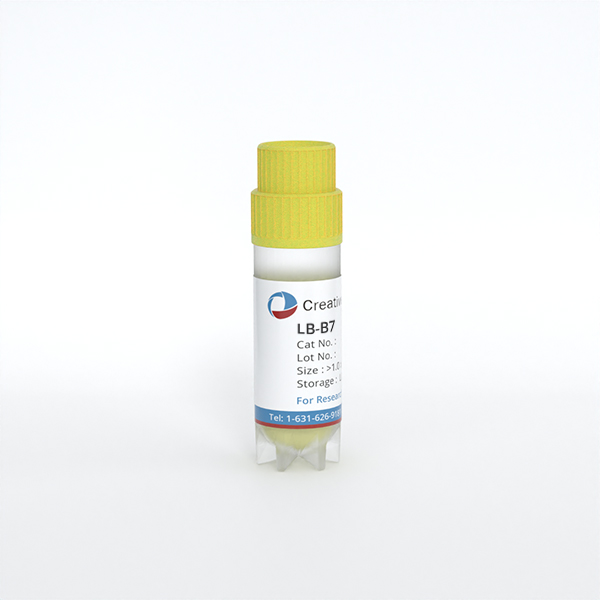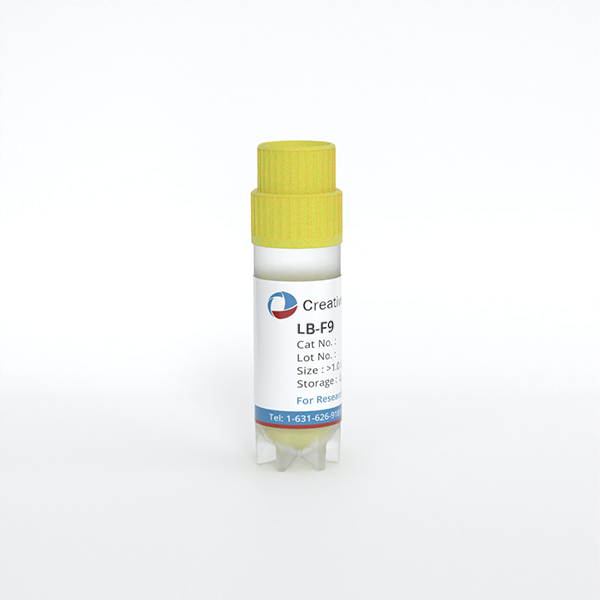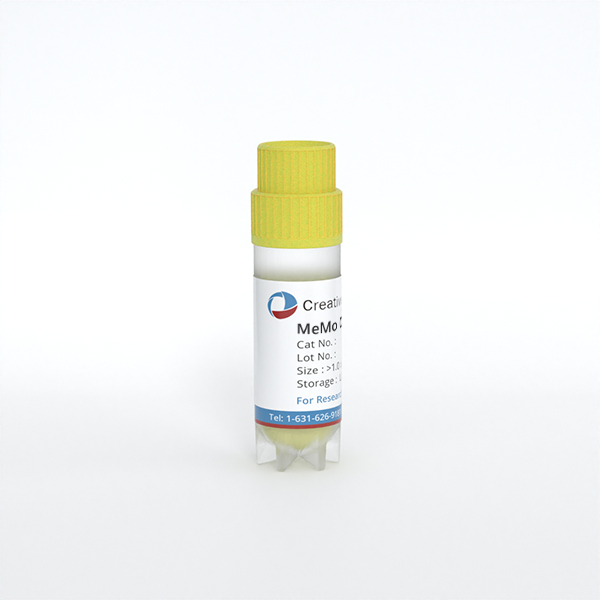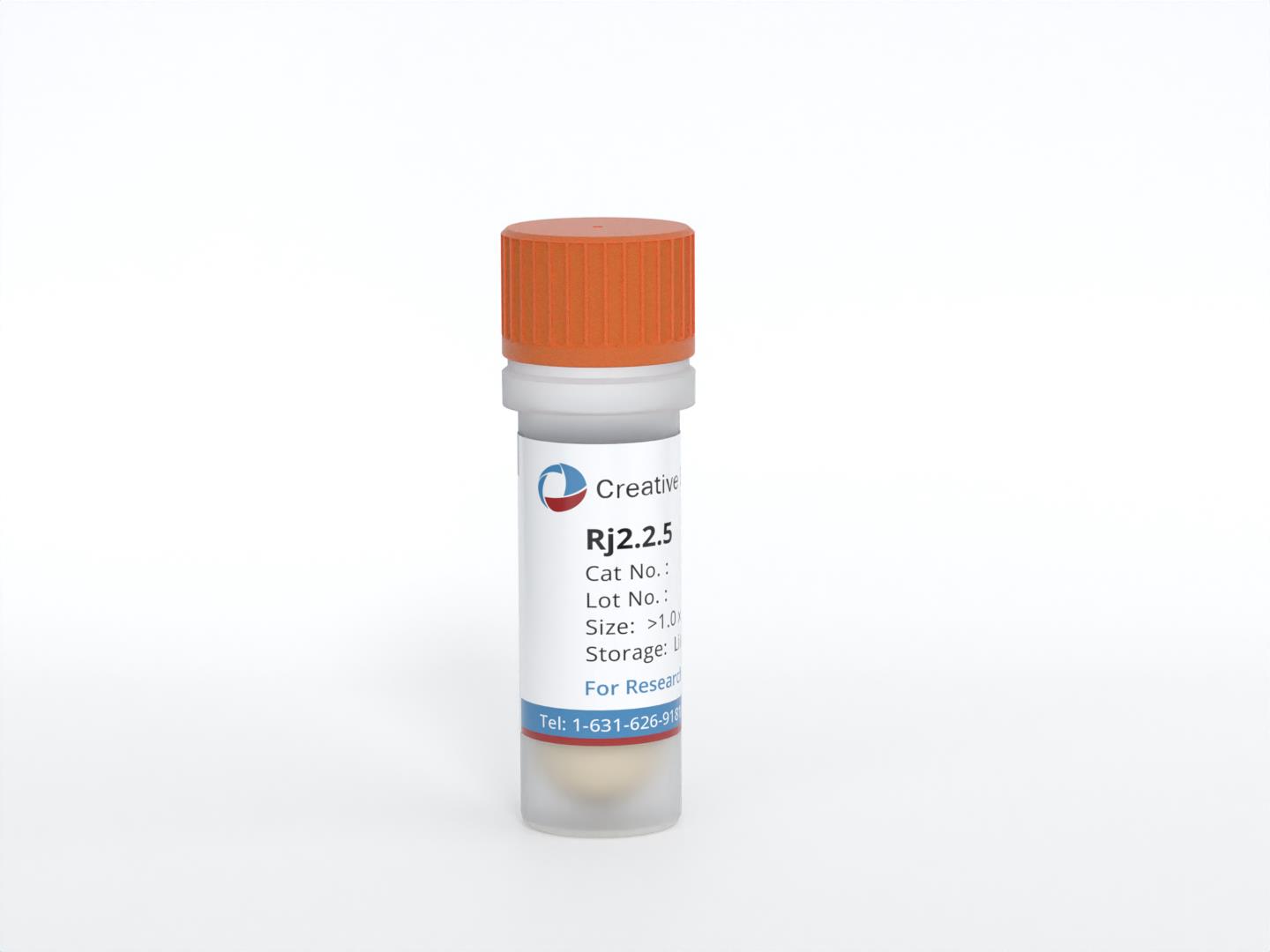Featured Products
Our Promise to You
Guaranteed product quality, expert customer support

ONLINE INQUIRY

PL-21
Cat.No.: CSC-C0544
Species: Human
Source: acute myeloid leukemia
Morphology: single cells in suspension; cells have a rather monoblastic morphology without the typical APL granules
Culture Properties: suspension
- Specification
- Background
- Scientific Data
- Q & A
- Customer Review
- Documents
Immunology: CD3 -, CD4 +, CD13 +, CD14 -, CD15 +, CD19 -, CD33 +, CD34 +, cyCD68 +, HLA-DR -
Viruses: PCR: EBV -, HBV -, HCV -, HIV -, HTLV-I/II -, SMRV -
PL-21, a myeloid cell line, was established from the peripheral blood of a patient with acute promyelocytic leukemia. The PL-21 cell line grew in single-cell suspension, with a doubling time of 48-64 h, and consisted of promyelocytes with fine immature nuclei and prominent azurophilic granules in the cytoplasm. PL-21 cells were positive for peroxidase, naphthol AS-D chloroacetate esterase, and Sudan Black B staining.
Under the usual culture conditions, a small proportion of PL-21 cells differentiated into mature granulocytes, and this differentiation was enhanced by the addition of dimethyl sulfoxide in the culture medium. PL-21 cells had receptors for the Fc portion of IgG and complement, intracytoplasmic lysozyme, and phagocytic activity, but lacked Epstein-Barr virus-associated nuclear antigen. Chromosome analysis of this cell line revealed a human male polyploid karyotype with 13q + and double minute chromosomes. This new myeloid cell line may provide useful material for the study of the proliferation and differentiation of human leukemia cells.
Cytologic Characteristics of PL-21 Cell Line
The PL-21 cell line grew in suspension without forming cell clumps and did not attach to the glass surface under the usual culture conditions. The cells were mostly round or ovoid, with a few cells exhibiting a slender morphology (Fig. 1A). PL-21 cells had immature nuclei with fine chromatin and one or more prominent nucleoli. The cytoplasm was basophilic and contained azurophilic granules (Fig. 1B) that were 100% positive for peroxidase staining (Fig. 1C). No Auer body was observed in the original fresh cells or cultured cells. This cell line was also 100% positive for Sudan black B (Fig. 1D), naphthol AS-D chloroacetate esterase, and acid phosphatase staining, 35% positive for PAS, and 45% positive for α-naphthyl butyrate esterase staining. Neutrophil alkaline phosphatase staining was negative. Lysozyme activity was demonstrated in 100% of PL-21 cells by the immunoperoxidase method (Fig. 1E), and 5%-10% of PL-21 cells were shown to have phagocytic activity for Candida albicans (Fig. 1F) and Staphylococcus aureus.
Under the usual culture conditions, PL-21 cells differentiated along the myeloid cell scries; a small number of myelocytes, metamyelocytes, and segmented neutrophils were observed (Fig. 1B and C). To examine the effect on cell differentiation, various concentrations of dimethyl sulfoxide (DMSO), which is known to stimulate the differentiation of mouse Friend erythroleukemia and human leukemia cell line HL-60, were added in the culture medium of PL-21. Growth of PL-21 cells began to plateau at day 5, with DMSO concentrations of 1.5% and below. A concentration of 1.7% of DMSO inhibited cell growth (Fig. 2). On day 5, with 1.5% DMSO concentration, the most remarkable cell differentiation was observed (Table 1).
 Fig. 1. (A) Inverted microscopic observation of PL-21 cells growing in single-cell suspension culture. (B) Smear of PL-21 cells stained with May-Grünwald-Giemsa (MGG). (C) Peroxidase staining of PL-21 cells. (D) Sudan Black B staining of PL-21 cells. (E) Lysozyme staining of PL-21 cells. (F) Phagocytosis of Candida albicans by PL-21 cells (Kubonishi I. et al., 1984).
Fig. 1. (A) Inverted microscopic observation of PL-21 cells growing in single-cell suspension culture. (B) Smear of PL-21 cells stained with May-Grünwald-Giemsa (MGG). (C) Peroxidase staining of PL-21 cells. (D) Sudan Black B staining of PL-21 cells. (E) Lysozyme staining of PL-21 cells. (F) Phagocytosis of Candida albicans by PL-21 cells (Kubonishi I. et al., 1984).
 Fig. 2. Growth of PL-21 cells in various concentrations of DMSO. Viability was determined by trypan blue dye exclusions (Kubonishi I. et al., 1984).
Fig. 2. Growth of PL-21 cells in various concentrations of DMSO. Viability was determined by trypan blue dye exclusions (Kubonishi I. et al., 1984).
Table 1. Differentiation of PL-21 cells in culture with or without 1.5% DMSO (Kubonishi I. et al., 1984).
Mybl, myeloblasts; Pro, promyelocytes; My, myelocytes; Met, metamyelocytes; Bnd, bands; Seg, segmented neutrophils.
| Duration of culture | Concentration of DMSO (%) | Differentiation (%) | Phagocytosis (%) | |||||
| Mybl | Pro | My | Met | Bnd | Seg | |||
| Day 0 | 0 | 2 | 96 | 1 | 0 | 0 | 1 | 6 |
| Day 5 | 0 | 0 | 83 | 9 | 4 | 3 | 1 | 11 |
| 1.5 | 0 | 54 | 12 | 19 | 10 | 5 | 51 | |
PTC596 Combination Treatment in AML Cell Lines
The prognosis for acute myeloid leukemia (AML) patients is poor, particularly in TP53 mutated AML, secondary, relapsed, and refractory AML, and in patients unfit for intensive treatment, thus highlighting an unmet need for novel therapeutic approaches. The combined use of compounds targeting the stem cell oncoprotein BMI1 and activating the tumor suppressor protein p53 may represent a promising novel treatment option for poor-risk AML patients.
Cell viability was determined in AML cell lines treated with increasing dosages of single compounds and in combination treatments using the BMI-1 inhibitor PTC596 and a variety of targeted therapies including the TP53 activator APR-246 (Fig. 3A), the MCL1 inhibitor S63845 (Fig. 3B), and the MEK inhibitor trametinib (Fig. 3C). AML cell lines represented all major morphologic and molecular subtypes including FLT3-ITD and FLT3 wild type, NPM1 mutant, and wild type, as well as TP53 mutant and wild type AML cell lines and a variety of patient-derived AML cells.
The combination of PTC596 and S63845 may be an effective treatment in CD34+ adverse risk AML with elevated MN1 gene expression and MCL1 protein levels, while PTC596 and trametinib may be more effective in CD34+ adverse risk AML with elevated BMI1 gene expression and MEK protein levels.
 Fig. 3. Susceptibility of AML cell lines to various treatment combinations. Cell viability was determined in AML cells after 20 h treatment with single compounds and in combination with PTC596 and APR246 (A), PTC596 and S63845 (B), and PTC596 and trametinib (C) (Katja Seipel, et al., 2021).
Fig. 3. Susceptibility of AML cell lines to various treatment combinations. Cell viability was determined in AML cells after 20 h treatment with single compounds and in combination with PTC596 and APR246 (A), PTC596 and S63845 (B), and PTC596 and trametinib (C) (Katja Seipel, et al., 2021).
Tumor tissue markers that indicate whether someone is a candidate for a particular targeted therapy are sometimes referred to as biomarkers for cancer treatment. Tests for these biomarkers are usually genetic tests that look for changes in genes that affect cancer growth.
PL-21 cells were established from the peripheral blood of a 24-year-old man with refractory acute promyelocytic leukemia after mediastinal granulocytic sarcoma.
PL-21 cells exhibit characteristics of monocytic cells, such as a round to irregular shape, abundant cytoplasm, and indented or kidney-shaped nuclei.
FLT3 internal tandem duplication is associated with constitutive activation of the FLT3 receptor tyrosine kinase, which can contribute to the growth and survival of leukemic cells.
Ask a Question
Average Rating: 4.7 | 3 Scientist has reviewed this product
Long-term cooperation
We have been partnering with Creative Bioarray for a long time because their cell products are highly viable and easy to culture.
07 May 2022
Ease of use
After sales services
Value for money
Consistent results
I have been using PL-21 cell products from Creative Bioarray for my research, and I must say that I am impressed with the consistent results I have obtained.
12 Oct 2023
Ease of use
After sales services
Value for money
Excellent viability and proliferation rates
The cells demonstrated excellent viability and proliferation rates, making them ideal for my experiments. Moreover, the provided documentation and protocols were comprehensive and easy to follow.
01 Nov 2023
Ease of use
After sales services
Value for money
Write your own review
- You May Also Need







